Right middle lobe consolidation
Citation, DOI, disclosures and article data
At the time the article was created Luke Danaher had no recorded disclosures.
View Luke Danaher's current disclosuresAt the time the article was last revised Ian Bickle had the following disclosures:
- 4ways diagostics, I work for this out sourcing company during non NHS hours (ongoing)
These were assessed during peer review and were determined to not be relevant to the changes that were made.
View Ian Bickle's current disclosures- RML consolidation
- Right middle lobe (RML) consolidation
- Consolidation of the right middle lobe
Right middle lobe consolidation refers to consolidation in part (incomplete) or all (complete) of the right middle lobe.
On this page:
Pathology
Consolidation refers to the alveolar airspaces being filled with fluid (exudate/transudate/blood), cells (inflammatory), tissue, or other material.
The list of causes of consolidation is broad and includes:
- pneumonia
- adult respiratory distress syndrome (ARDS)
- interstitial pneumonias
- pneumonitis
- sarcoidosis
Radiographic features
Consolidation is usually obvious on CT with the anatomical location easy to define through visualization of the pleural fissures, however features can be subtle on chest radiography.
Plain radiograph
Features of right middle lobe consolidation on CXR include:
- opacification of the right lower zone, that may abut and outline the inferior margin of the horizontal fissure
- indistinct appearance or obscuration of the right heart border (silhouette sign) (cf. right lower lobe consolidation)
- normal (clear and distinct) right superior mediastinal contour (cf. right upper lobe consolidation)
- normal (clear and distinct) right hemidiaphragm contour (cf. right lower lobe consolidation)
- occasionally there may be obscuration of the medial aspect of the right hemidiaphragm
- air bronchograms
- on lateral CXR: triangular opacification between the horizontal (superiorly) and right oblique fissures (posteriorly)
General considerations
It must be remembered that the homogeneity of the consolidation will be influenced by any underlying lung disease.
Occasionally with complete lobar consolidation, there may be an increased volume of the affected lobe, rather than the more frequent collapse. When the fissures are outwardly convex, the appearance is referred to as the bulging fissure sign.
A mnemonic to remember the general features of consolidation is A2BC3.
Differential diagnosis
- pectus excavatum: can cause loss of the right heart border
- middle lobe collapse: will show signs of volume loss
Related articles
Quiz questions
References
- 1. Holder LE. Right upper and middle lobe consolidation. Chest. 1973;63 (4): 613-4. Chest (citation) - Pubmed citation
- 2. Collins J, Stern EJ. Chest radiology, the essentials. Lippincott Williams & Wilkins. (2007) ISBN:0781763142. Read it at Google Books - Find it at Amazon
- 3. W. Richard Webb, Charles B. Higgins. Thoracic Imaging. (2010) ISBN: 9781605479767
Incoming Links
- Right middle lobe consolidation
- Right middle and lower lobe pneumonia - Mycoplasma
- Right middle lobe pneumonia with silhouetting of the right heart border
- Carcinoid tumour of the lung
- Right middle lobe pneumonia - paediatric
- Pleuroparenchymal fibroelastosis (PPFE)
- Right middle lobe pneumonia
- Middle lobe pneumonia, mucous plugging and bronchiectasis in cystic fibrosis
- Right middle lobe pneumonia
- Right middle lobe pneumonia
- Right middle lobe pneumonia (paediatric)
- Right middle lobe consolidation - silhouette sign
- Right middle lobe pneumonia
- Right middle lobe pneumonia
- Right middle lobe pneumonia
- Right middle lobe consolidation
- Right middle lobe pneumonia
- Right middle lobe consolidation
- Right middle lobe pneumonia
- Right middle lobe pneumonia
Related articles: Airspace opacification
- airspace opacification
- differential diagnoses of airspace opacification[+][+]
-
lobar consolidation
- right upper lobe consolidation
- right middle lobe consolidation
- right lower lobe consolidation
- left upper lobe consolidation
- left lower lobe consolidation
-
atelectasis[+][+]
- mechanism-based
- morphology-based
- lobar lung collapse[+][+]
Related articles: Chest
- imaging techniques
-
chest radiograph
- radiography[+][+]
-
approach
- ABCDE
- ABCDEFGHI
- congenital heart disease
- medical devices in the thorax
- common lines and tubes[+][+]
- nasogastric tubes
- endotracheal tubes
- central venous catheters
- esophageal temperature probe
- tracheostomy tube
- pleural catheters
- cardiac conduction devices
- prosthetic heart valve
- review areas
-
airspace opacification
- differential diagnoses of airspace opacification[+][+]
-
lobar consolidation
- right upper lobe consolidation
- right middle lobe consolidation
- right lower lobe consolidation
- left upper lobe consolidation
- left lower lobe consolidation
-
atelectasis[+][+]
- mechanism-based
- morphology-based
- lobar lung collapse[+][+]
- chest x-ray in the exam setting[+][+]
- cardiomediastinal contour[+][+]
- chest radiograph zones[+][+]
- tracheal air column[+][+]
- fissures[+][+]
- normal chest x-ray appearance of the diaphragm[+][+]
- nipple shadow[+][+]
-
lines and stripes[+][+]
- anterior junction line
- posterior junction line
- right paratracheal stripe
- left paratracheal stripe
- posterior tracheal stripe/tracheo-esophageal stripe
- posterior wall of bronchus intermedius
- right paraspinal line
- left paraspinal line
- aortic-pulmonary stripe
- aortopulmonary window
- azygo-esophageal recess
- spaces[+][+]
- signs[+][+]
- air bronchogram
- big rib sign
- Chang sign
- Chen sign
- coin lesion
- continuous diaphragm sign
- dense hilum sign
- double contour sign
- egg-on-a-string sign
- extrapleural sign
- finger in glove sign
- flat waist sign
- Fleischner sign
- ginkgo leaf sign
- Golden S sign
- Hampton hump
- haystack sign
- hilum convergence sign
- hilum overlay sign
- Hoffman-Rigler sign
- holly leaf sign
- incomplete border sign
- juxtaphrenic peak sign
- Kirklin sign
- medial stripe sign
- melting ice cube sign
- more black sign
- Naclerio V sign
- Palla sign
- pericardial fat tag sign
- Shmoo sign
- silhouette sign
- snowman sign
- spinnaker sign
- steeple sign
- straight left heart border sign
- third mogul sign
- tram-track sign
- walking man sign
- water bottle sign
- wave sign
- Westermark sign
- HRCT[+][+]
-
chest radiograph
- airways[+][+]
- bronchitis
- small airways disease
-
bronchiectasis
- broncho-arterial ratio
- related conditions
- differentials by distribution
- narrowing
-
tracheal stenosis
- diffuse tracheal narrowing (differential)
-
bronchial stenosis
- diffuse airway narrowing (differential)
-
tracheal stenosis
- diverticula
- pulmonary edema[+][+]
-
interstitial lung disease (ILD)[+][+]
- Anti-Jo-1 antibody-positive interstitial lung disease
- drug-induced interstitial lung disease
-
hypersensitivity pneumonitis
- acute hypersensitivity pneumonitis
- subacute hypersensitivity pneumonitis
- chronic hypersensitivity pneumonitis
- etiology
- bird fancier's lung: pigeon fancier's lung
- farmer's lung
- cheese workers' lung
- bagassosis
- mushroom worker’s lung
- malt worker’s lung
- maple bark disease
- hot tub lung
- wine maker’s lung
- woodsman’s disease
- thatched roof lung
- tobacco grower’s lung
- potato riddler’s lung
- summer-type pneumonitis
- dry rot lung
- machine operator’s lung
- humidifier lung
- shower curtain disease
- furrier’s lung
- miller’s lung
- lycoperdonosis
- saxophone lung
-
idiopathic interstitial pneumonia (mnemonic)
- acute interstitial pneumonia (AIP)
- cryptogenic organizing pneumonia (COP)
- desquamative interstitial pneumonia (DIP)
- non-specific interstitial pneumonia (NSIP)
- idiopathic pleuroparenchymal fibroelastosis
- lymphoid interstitial pneumonia (LIP)
- respiratory bronchiolitis–associated interstitial lung disease (RB-ILD)
- usual interstitial pneumonia / idiopathic pulmonary fibrosis (UIP/IPF)
-
pneumoconioses
- fibrotic
- non-fibrotic
-
lung cancer[+][+]
-
non-small-cell lung cancer
-
adenocarcinoma
- pre-invasive tumors
- minimally invasive tumors
- invasive tumors
- variants of invasive carcinoma
- described imaging features
- adenosquamous carcinoma
- large cell carcinoma
- primary sarcomatoid carcinoma of the lung
- squamous cell carcinoma
- salivary gland-type tumors
-
adenocarcinoma
- pulmonary neuroendocrine tumors
- preinvasive lesions
-
lung cancer invasion patterns
- tumor spread through air spaces (STAS)
- presence of non-lepidic patterns such as acinar, papillary, solid, or micropapillary
- myofibroblastic stroma associated with invasive tumor cells
- pleural invasion
- vascular invasion
- tumors by location
- benign neoplasms
- pulmonary metastases
- lung cancer screening
- lung cancer staging
-
non-small-cell lung cancer



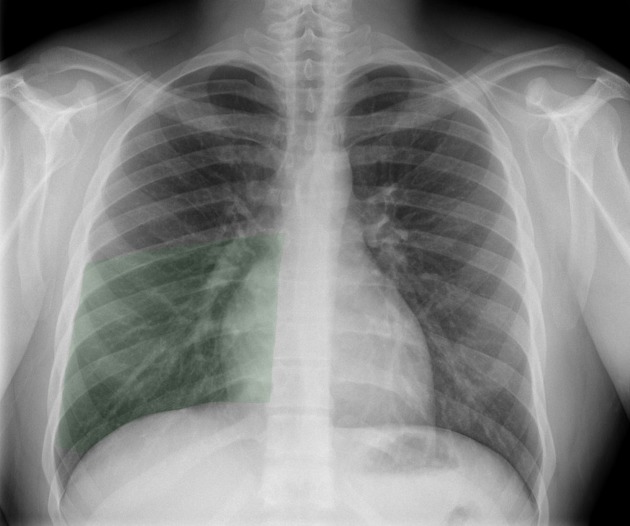
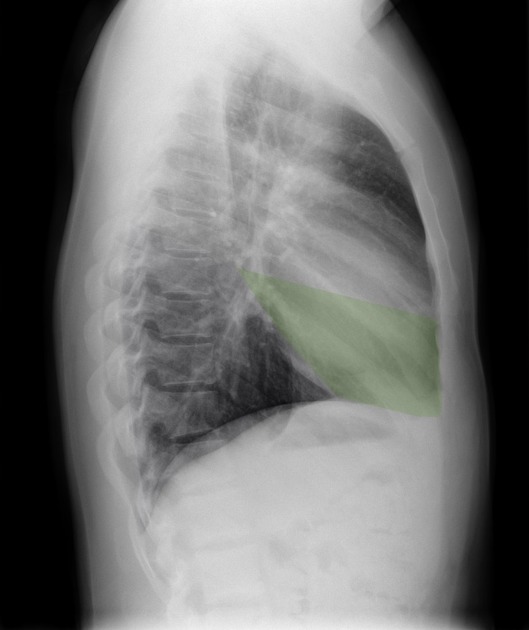
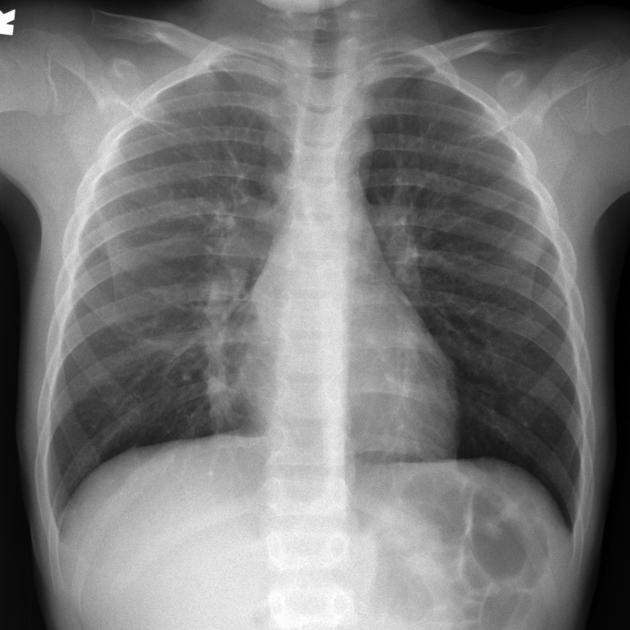

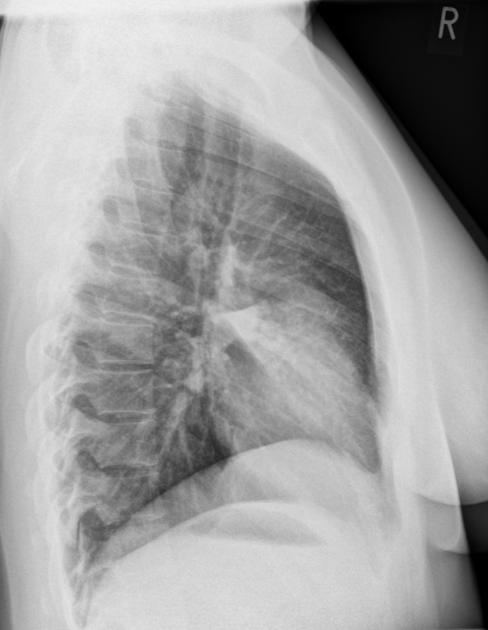
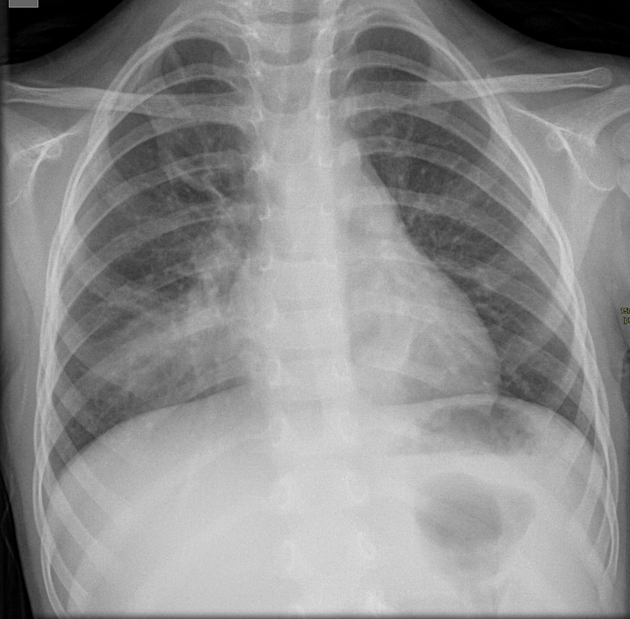




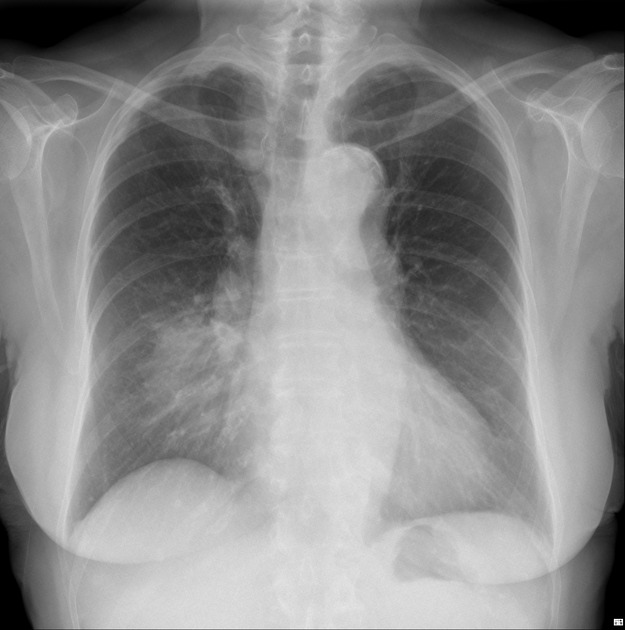




 Unable to process the form. Check for errors and try again.
Unable to process the form. Check for errors and try again.